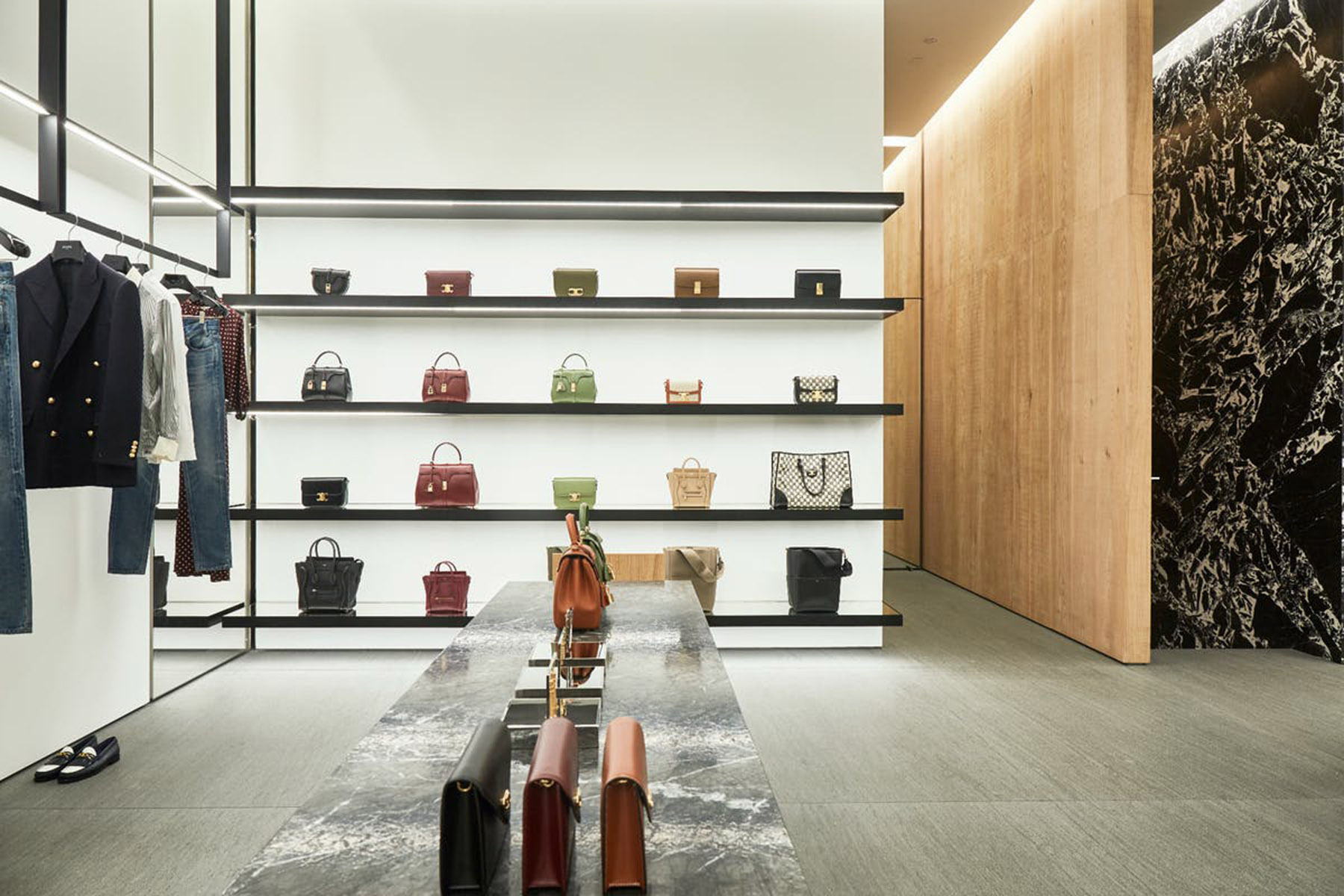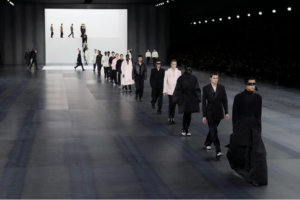Brick-and-mortar stores have faced a host of challenges long before the coronavirus pandemic wreaked havoc on Earth. The dawn of the Internet, and subsequently, e-commerce platforms, have forced companies to reevaluate retail strategies for years. The pandemic merely abridged that timeline.
With that said, physical stores still have a place and purpose in the retail and consumer goods market. Many will have to adapt and evolve to offer new, unconventional services to retain footfall and attract more customers.
We take a closer look at recent store openings and retail trends for a better idea of what the future of retail might look like for Malaysia in the post-pandemic era.
An artistic escape
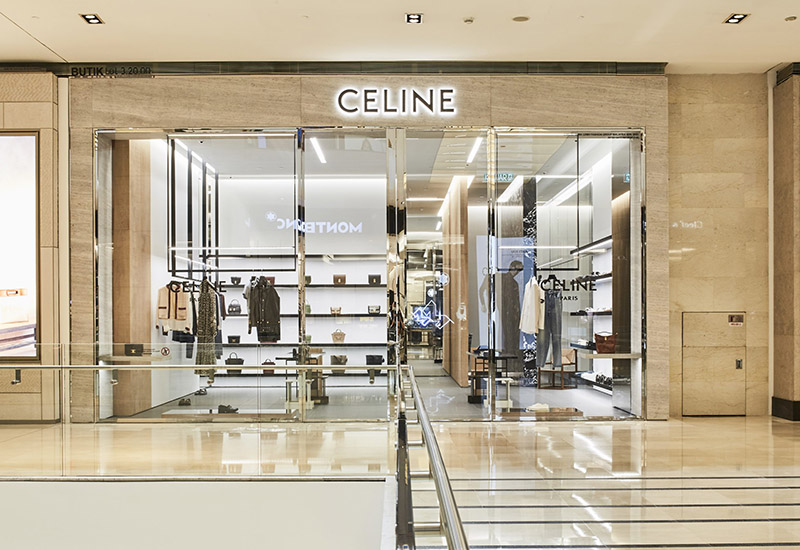
As online retail and media channels become the preferred contact points for convenience, physical stores are now expected to provide a more holistic shopping experience to foster strong consumer relationships. Colours, materials, graphics, lighting and wayfinding now take centerstage in a store’s space, creating an immersive experience that communicates the brand ethos.
“Brick-and-mortar spaces will offer retailers and brands the opportunity to draw the consumer into the brand story, deliver a remarkable and immersive brand and product experience, and ultimately galvanise their relationship with consumers. A relationship that can then live across multiple buying channels,” author and business advisor Doug Stephens said in an interview with Retail Dive.
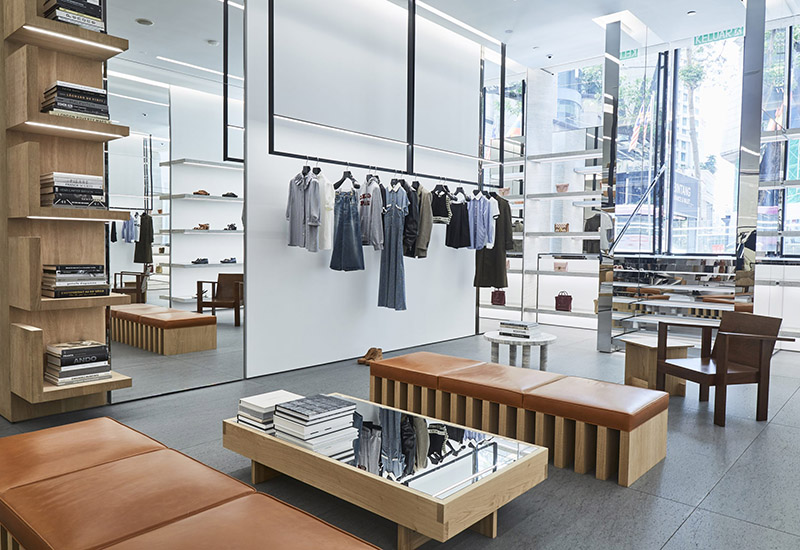
Take for instance, Celine’s first concept store in Pavilion Kuala Lumpur. Designed by creative director Hedi Slimane, the architectural concept juxtaposes fine materials to create a sculptural interior that translates into an artistic escape for consumers. Bespoke brutalist furniture complement reclaimed oak, concrete, polished stainless steel, brass and gold mirrors – embodying the brand’s minimalist, edgy approach to luxury.
These initiatives make the physical store a destination in its own right – something online retail cannot deliver. In the long term, the focus is less on conversions and more on converts, turning the customer into a disciple of the brand.
Digital innovations
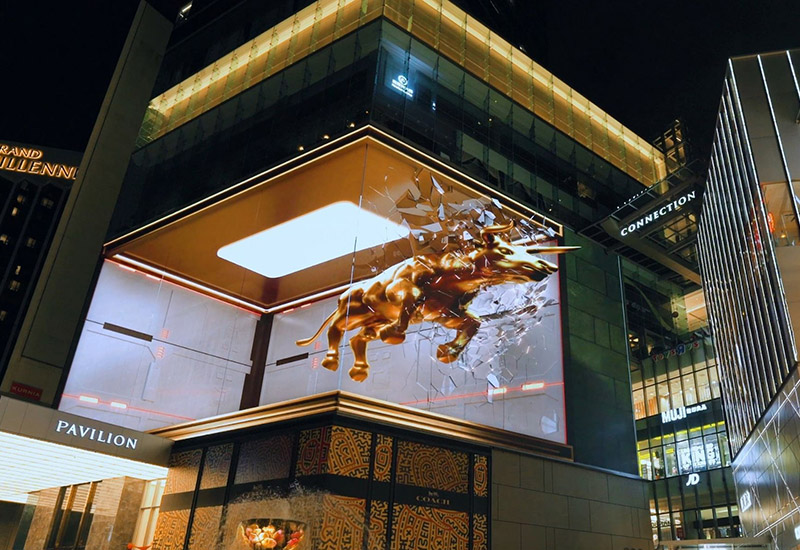
Even as fashion shows go ‘phygital’ and brands adopt digital points of sale, physical stores should charge towards tech and digital innovations. Digital billboards (not unlike Pavilion’s famed 3D bull animation) and QR codes have also been incorporated by both malls and retail outlets to attract more customers and offer exclusive virtual experiences.
Another way to implement this is by adopting an omni-channel strategy, such as a click and collect service, in-store returns and/or store appointments. This may translate to less products in store, making space for experiential concepts and more intimate engagements between consumers and brand professionals. Think of the physical store as more of a showroom or lifestyle space.
According to Carl Reader, author of The Startup Coach and founder of fintech start-up TaxGo: “Apple does really well in combining bricks and clicks. It’s demonstrated a powerful showrooming concept, where the store is primarily a front face for consumers to see, feel and experience the product. Many companies have followed suit.”
You may also like: Fashion in the digital age – trends to expect in 2021
Personalised experiences
One key reason why retail remains here to stay is the personal touch it offers. Niche product launches and unique concepts are simply best experienced in person – even consumers can attest to that. Personalisation services cement this advantage, giving customers an active role in the production of their purchases.
“Stores will increasingly become places that we visit, not simply to pick up mass produced articles but also to design and co-create special things with the personal assistance of experts. Whether it’s customising a suit, building a one-of-a-kind notebook computer or designing the perfect bicycle, stores will be the point of collaboration and customisation,” Doug Stephens wrote on the Retail Prophet website.
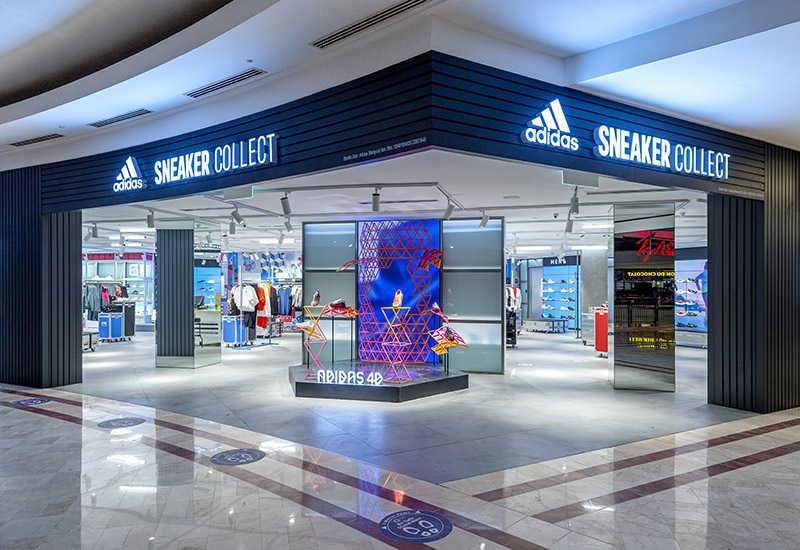
Adidas is one brand that has been pioneering unique, tailored retail concepts, including its newly launched Sneaker Collect store in KLCC. The footwear-focused store is the first-of-its-kind outside of Greater China, catering to sneaker enthusiasts in Malaysia with a comprehensive range of Originals and Performance footwear under one roof. Designed to fuel and feed creative minds, the space fuses various elements synonymous with sneaker culture, including vibrant mural arts, pragmatic fixtures and roadies displays that bring the movement to life.
Highlighting the Sneaker Collect experience is the opportunity for self-expression, where customers can customise purchases with a plethora of shoe dubraes, rings, and vinyl patches, available exclusively in-store. In addition, the brand plans to introduce limited-edition customised pieces through an upcoming collaboration with Sneakerlah.
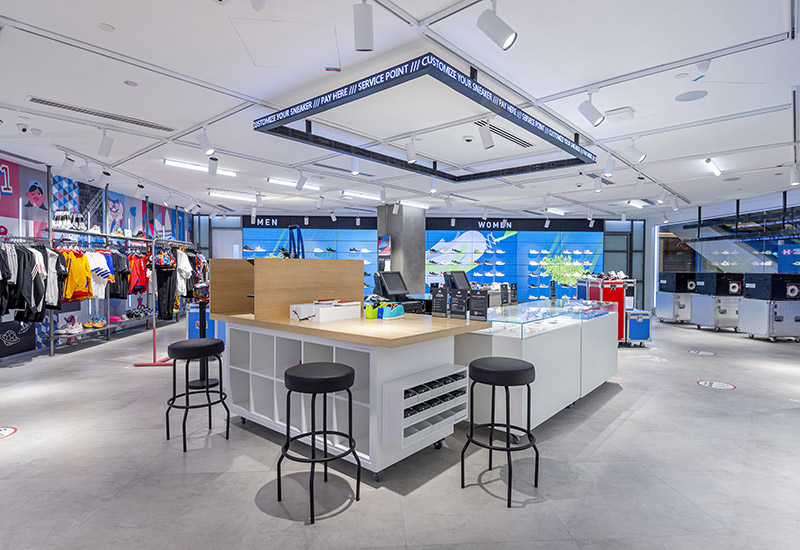
All this goes to show that physical retail is far from dead or dying. If anything, it’s undergoing reform and judging by these retail trends, its future looks promising.




